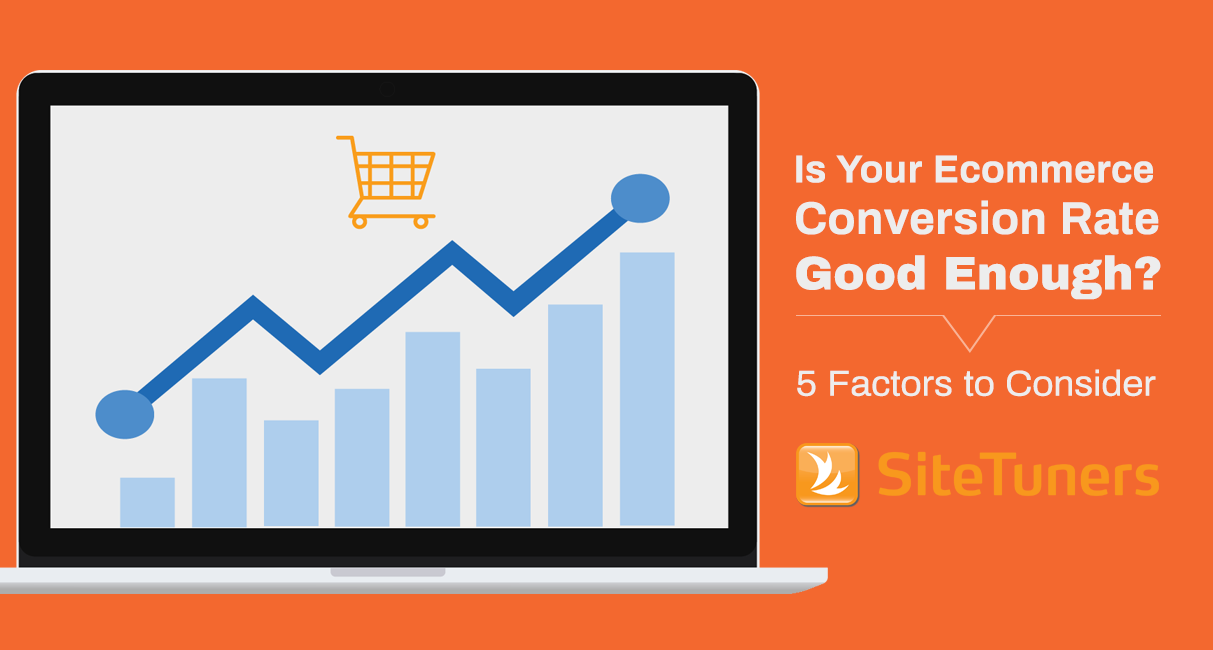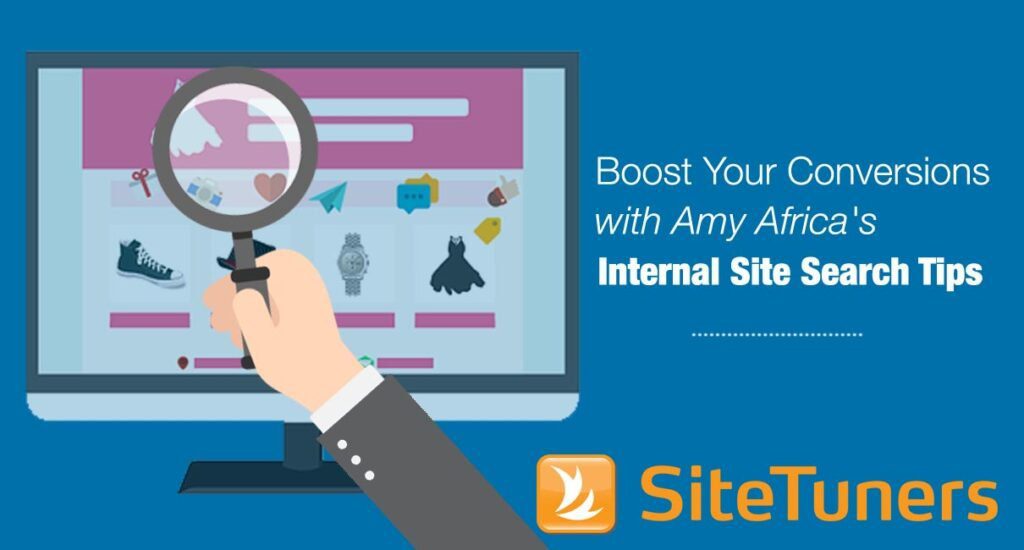It’s no question that conversion rate optimization is a crucial factor in improving your website’s marketing performance.
There are lots of variables to consider when measuring conversion rate performance, but when it comes to eCommerce stores, there are a few things in particular you want to pay close attention to.
1. Your industry
Overall, the average eCommerce conversion rate is around 2-3%, but when you break it down by industry, things are a bit different.
For example, the industry with the highest conversion rate is arts & crafts at 4%, and the industry that converts the lowest is baby & child, with a 0.7% conversion rate.
When determining what your ecommerce businesses conversion rate should be, don’t use an average overall conversion rate as a benchmark, use the average of your industry.
2. Your product type
The type of product you sell also factors heavily into what you can expect to achieve when attempting to optimize your conversion rate.
Food & drink is the highest converting product type in eCommerce at 3.6% – or 7.2% if you’re in the top 25% of sites selling this type of product.
The lowest converting product types are electronics and furniture, with a conversion rate of 1.3% and 0.7%, respectively.
If you have a conversion rate that you consider lower than optimal, it may just be that you’re selling a product that’s naturally low-converting.
3. Your country
Some countries have populations that are more ready to buy online than others.
Germany, for example, has a population of people who are very ready to buy online, which results in the highest conversion rate of 2.2%.
The U.S. is similar. With a connected population that’s ready to buy online, the result is a 2% average conversion rate.
Things are different in Italy, where the average conversion rate is 1%.
Consider the location of your buyers when analyzing your conversion rate.
4. Your traffic source
Traffic source – where your users come from – is probably the variable that has the biggest impact on your overall conversion rate.
“Warm” traffic sources – like referrals or email traffic – convert at a much higher rate than “cold” traffic sources like paid advertising or social media.
Referral and email traffic convert at 5.4% and 5.2%, respectively. This is well above the average and is likely because the traffic coming your way has already heard of your brand before.
Adwords traffic converts at 1.4%, which, while this is a cold traffic source, is close to the overall average eCommerce conversion rate.
5. Consider the device your visitors are using
Conversion rates are much different on mobile devices than they are on desktops. This is likely because many sites are much easier to use on desktop than on mobile.
For the purposes of benchmarking, the average smartphone conversion rate is 1.8%, while desktops convert at 3.9% on average.
This is a massive difference, but will vary depending on the other factors mentioned above.
Ecommerce Conversion Rates Infographic
While we’ve covered the 5 main factors that influence a conversion rate for an eCommerce store above, this infographic gives you deeper insights into the data. Hopefully you can use this data to determine what conversion rate your eCommerce store should aim to beat.
About the Author





